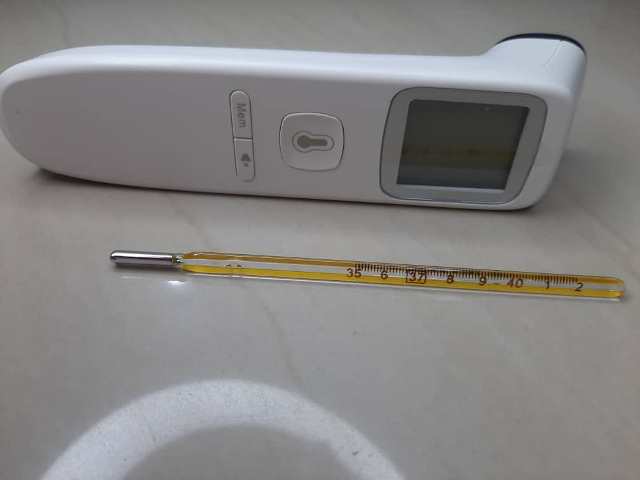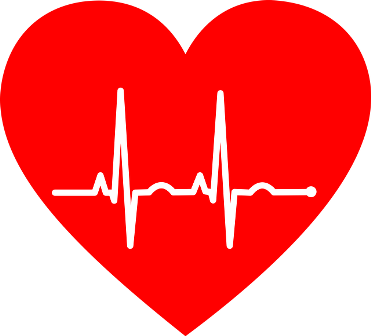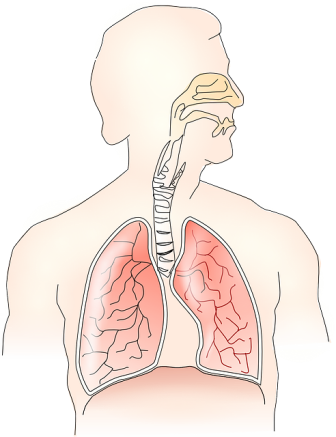¡Bienvenidos a mi Blog!
Welcome to my Blog!



¿Que son los signos vitales?
Las constantes vitales son signos que nos indican cómo se encuentra el paciente al momento de su medición de manera estable o inestable, es decir son indicadores del estado de salud de cada persona. Como acción de enfermería en el control de signos valoro las siguientes constantes vitales: Temperatura, frecuencia cardíaca, frecuencia respiratoria y tensión arterial.What are vital signs?
Vital signs are signs that indicate how the patient is at the time of measurement, stable or unstable, that is, they are indicators of the state of health of each person. As a nursing action in the control of signs, I value the following vital signs: temperature, heart rate, respiratory rate and blood pressure.

Temperatura
La temperatura corporal, es el aumento (hipertermia) o disminución (hipotermia) del grado de calor o frió en el cuerpo humano. Y como función tiene conservar los procesos biológicos que indican en el metabolismo cuando se activan para aumentar o disminuir dicho signo; cabe resaltar que existen parámetros de enfoque que permiten su cambio en el cuerpo como son los cambios ambientales, la actividad durante el día y metabolismo de cada persona.Temperature
Body temperature is the increase (hyperthermia) or decrease (hypothermia) of the degree of heat or cold in the human body. And as a function it has to conserve the biological processes that indicate in the metabolism when they are activated to increase or decrease this sign; it is worth mentioning that there are focus parameters that allow its change in the body such as environmental changes, the activity during the day and metabolism of each person.
Conozcamos sus valores normales
Su valor normal promedio es entre (36 °C y 37 °C). Si presenta una temperatura igual o mayor a (38 °C) es una contante de que presenta hipertermia (Fiebre) la cual puede ser signo indicador de una enfermedad o infección.Cabe resaltar que estás cifras pueden variar durante el día según la actividad y el metabolismo de la persona.Let's know your normal values
Your average normal value is between (36 °C and 37 °C). If you have a temperature equal to or higher than (38 °C) is a sign that you have hyperthermia (fever) which may be a sign of disease or infection. It should be noted that these figures may vary during the day depending on the activity and metabolism of the person.

¿Qué es la Frecuencia Cardíaca?
La frecuencia cardíaca es la suma de la cantidad de veces que late el corazón en promedio de tiempo de un minuto es decir (latidos por minutos). Hago énfasis en que una buena frecuencia cardíaca conlleva a estar hemodinamicamente estable con cifras tencionales en los valores normales. Por ende una apropiada frecuencia cardíaca es de suma importancia para el buen funcionamiento del corazón.What is Heart Rate?
The heart rate is the sum of the number of times the heart beats in an average time of one minute (beats per minute). I emphasize that a good heart rate means to be hemodynamically stable with normal heart rate values. Therefore a proper heart rate is of utmost importance for the proper functioning of the heart. .
.Fuente
Aprende conmigo sus valores normales
Valor normal en adultos oscila entre 60 y 100 latidos por minuto y en niños de 1 a 3 años de edad: 70–110 latidos por minuto. Niños al llegar a los 12 años de edad: 55–85 latidos por minuto. Es importante resaltar que al igual que la temperatura esta constante puede variar en su valor por los siguiente factores como lo son la actividad durante el día y el metabolismo de cada persona aquí entraría las emociones, algún uso de medicamentos, peso, posición de cuerpo, si esta en reposo o actividad. Por ende su valor puede variar.Learn with me its normal values
Normal value in adults is between 60 and 100 beats per minute and in children from 1 to 3 years of age: 70-110 beats per minute. Children up to 12 years of age: 55-85 beats per minute. It is important to emphasize that like temperature this constant can vary in its value by the following factors such as activity during the day and the metabolism of each person here would enter the emotions, any use of medication, weight, body position, if you are at rest or activity. Therefore its value may vary.
Fuente

¿Qué es la Frecuencia respiratoria?
La puntualizo como el ritmo respiratorio y es la suma de la cantidad de veces que respiramos en un periodo de un minuto es decir (respiración por minuto); entre inspiración y espiración resaltando que este proceso está regulado por el sistema nervioso. Importante cuando el valor de la frecuencia respiratoria está por encima de los valores normales se le denomina taquipnea y cuando está por debajo de su valor normal se habla de bradipnea.What is the respiratory frequency?
I define it as the respiratory rhythm and it is the sum of the number of times we breathe in a period of one minute (breath per minute); between inspiration and expiration, emphasizing that this process is regulated by the nervous system. Important when the value of the respiratory rate is above normal values is called tachypnea and when it is below its normal value is called bradypnea.
Fuente
Conozcamos su valor normal
El valor normal de este signo vital para un adulto sano promedio mientras está en reposo son de 12 a 18 respiraciones por minuto. Cabe resaltar que estos rangos pueden variar según el metabolismo de cada persona y actividad durante el día.Let's know its normal value
The normal ranges of this vital sign for an average healthy adult while at rest are 12 to 18 breaths per minute. It should be noted that these ranges may vary according to each person's metabolism and activity during the day.
¿Qué es la tensión arterial?
Se puede puntualizar como la impulso que la sangre ejerce sobre las paredes de las arterias, la más alta se denomina (presión sistólica) cuando el corazón la bombea hacia las arterias y más baja (presión diastólica) entre un latido y otro del músculo cardíaco. Sus valores normales pueden oscilar entre 90/60mmhg y 130/80mmhg.What is blood pressure?
It can be defined as the impulse that the blood exerts on the walls of the arteries, the higher it is called (systolic pressure) when the heart pumps it into the arteries and the lower (diastolic pressure) between one heartbeat and another of the heart muscle. Its normal values can range from 90/60mmhg to 130/80mmhg.
Fuente
Gracias por leerme, nos vemos en un próximo post.

Las fotografías son de autoría, tomadas con mi celular Samsung Galaxy A50. La traducción fue realizada en traductor Deelp Fuente.Los separadores de texto son creados por mí en la herramienta de powerpoint2010. La primera fotografía es de mi propiedad y editada en la herramienta de PowerPoint2010 con imagen de fondo de pixabay Fuente
The photographs are author's, taken with my Samsung Galaxy A50 cell phone. The translation was done in Deelp translator Source. The text separators are created by me in powerpoint2010 tool. The first picture is owned by me and edited in powerpoint2010 tool with background image from pixabay Source

